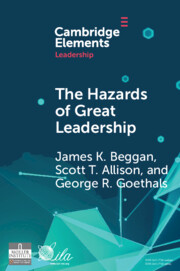The relationship between text and image in later medieval art is complex and has a growing literature. Wall paintings in two churches in South Wales suggest ways in which text could inspire sophisticated programmes of paintings. At Llandeilo Talybont, a sequence telling the story of the Crucifixion through the Instruments of the Passion relates to medieval devotions to the Instruments and to readings from the Holy Week liturgy. At Llancarfan, a medieval satirical poem on fashionable clothing and a verse translation of the life of St George suggest links between the wall paintings of Death and the Gallant, the Seven Deadly Sins and St George. Apparently random collections of wall paintings may therefore reflect a process of interaction between public art and public knowledge of texts.
